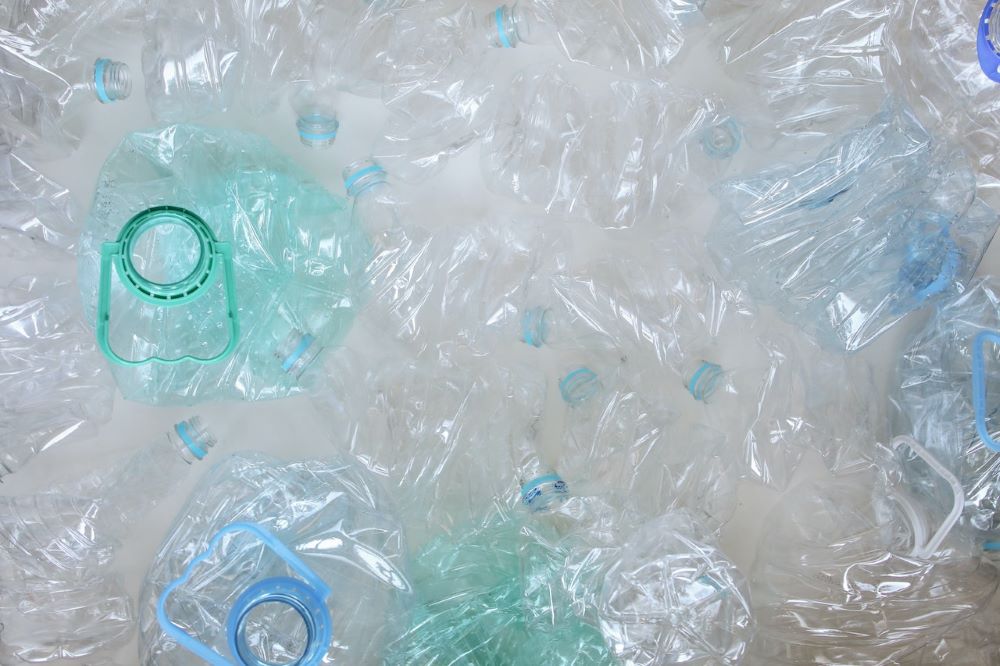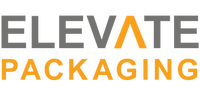Recent Posts
- Home
- Elevate Blog
- How to Conduct a Life Cycle Assessment
How to Conduct a Life Cycle Assessment
Posted on

What is the sum total impact of your product?
From creation to decomposition, every product has a life cycle (even your packaging!) But how do you even begin to measure the environmental impact for each stage of that life cycle? A Life Cycle Assessment can give a deeper look into the impact of your product, and provide opportunities to advance your business's sustainability goals.
What is a Life Cycle Assessment (LCA)?
A Life Cycle Assessment measures the environmental and social impacts of a product throughout its life cycle. Conducting an LCA means you will examine all activities, from sourcing to disposal, to gain full picture of your product:
- Raw materials used to produce it
- Carbon emissions and energy used in manufacturing
- The materials used in packaging it (and the impact of packaging production)
- Emissions generated during transportation
- The impact it makes over its useful lifetime, and the waste created when it is no longer usable.
You can then use the results of your life cycle assessment to inform your businesses sustainability priorities and strategy.
An LCA creates a clear framework for measuring environmental impact, you can use it to help you achieve goals such as quantifying your environmental impact, reducing waste in your business, and comparing alternatives (for example, the environmental impact of plastic packaging vs compostable packaging).
Conducting a full Life Cycle Assessment may sound like a complex process. How far into your supply chain do you want to go, and why? How easily available is the data? What specific impact are you most concerned about? The process can be as complex as you need it to be.
An LCA typically has four stages:
- Definition of goal and scope
- Data collection and inventory
- Impact assessment to understand the data
- Interpretation and analysis of results.
While each stage of your product lifecycle is connected, smaller businesses with fewer resources can make this process more accessible by setting achievable goals, limiting the scope, and breaking down a full assessment into bite-sized pieces. A plastic audit is a great example of how the LCA framework can be used to reduce waste in your business.

Plastic Waste, Plastic Audits, and the Role of LCA
Before you can go entirely plastic-free you first need to know how much plastic you're currently using, what impact that plastic has, and the data to inform a strategy for plastic reduction.
1. Goal and Scope
The first stage of a Life Cycle Assessment defines goal and scope. This is where you decide exactly what you want to analyze, how you want to analyze it, and how far to go with your analysis. The scope can be as wide as your entire operation, or as narrow as your packaging for a single product line. (You also get to decide what you are not assessing.)
2. Data Collection
Now that you’ve decided what you’re measuring, what you’re not measuring, and why, it’s time to collect your data. How this data is collected will depend heavily on the type of data you need.
For a plastic audit you will likely need data that tells you how much plastic you’re currently using, how it is being used, and how it is disposed of. You can get this data from your own business purchasing records, your production team, and your suppliers. Make a list of all the raw data you might need, and create a plan for how and where you will get it.
3. Impact Assessment
This is where you use the collected data to evaluate how significant the impacts are.
The data you have collected should tell you exactly how much plastic your business currently uses. What is the impact of that plastic? How much of that plastic is recycled? How much landfill waste does your product create?
4. Interpretation of Results
Once you’ve gained insight into your plastic usage you can begin to draw conclusions and plan next steps.
You can use your data and assessments to answer questions related to the goal you set at the start. Is it possible to eliminate plastic from your business entirely? How would that impact your business? Are there compostable versions available?
The Path to Sustainability
A Life Cycle Assessment offers clarity and direction in areas that can often seem overwhelming. Your results may show that your current plastic packaging is causing the most significant environmental impact. Transitioning to compostable packaging is the clearest path to reducing plastic waste.
If you already use compostable packaging, your Life Cycle Assessment can further refine your sustainability journey. It can help you identify overlooked plastics that could be eliminated entirely, or switched to compostable. These could be small items such as shrink bands, or larger sources such as pallet wrap. These too can be transitioned to compostable versions. While they might be small components in your business operations, their cumulative impact is profound.
Not sure where to start? Read more: Getting Started with Sustainable Packaging
The journey begins with understanding, moves through assessment, and culminates in actionable change – much like the shift to compostable packaging.
Ready to commit to sustainability? We're here to help.
Let's work together to create a world with less plastic, starting with the right compostable packaging for your business.
Contact Us
 Loading... Please wait...
Loading... Please wait...



